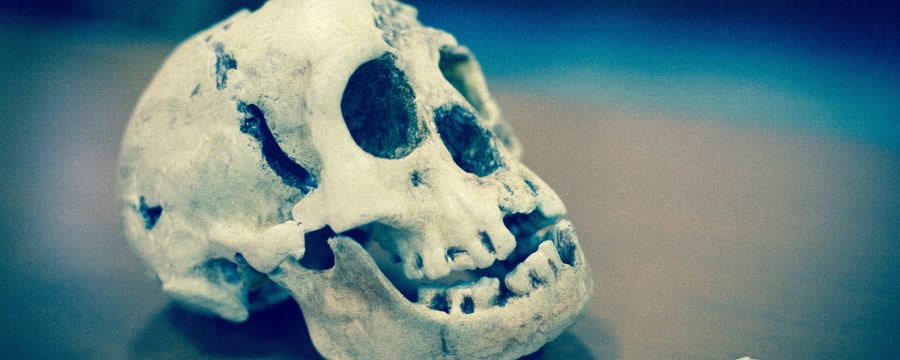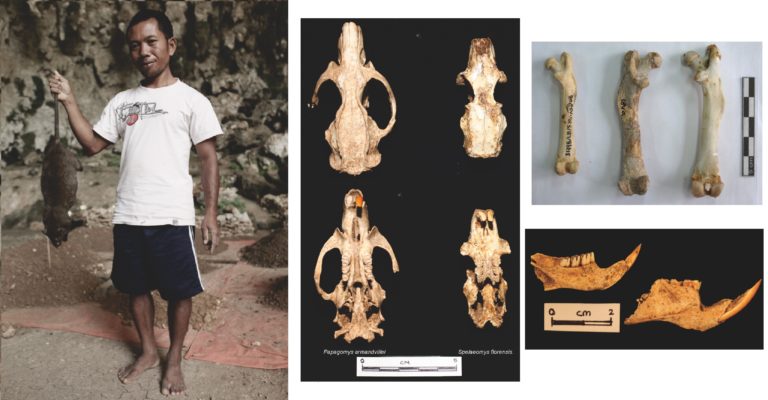Home / History / Ancient History / Homo Floresiensis Uncovered: The Science of ‘the Hobbit’ / Megafauna in Flores
This article is from the free online
Homo Floresiensis Uncovered: The Science of ‘the Hobbit’


Reach your personal and professional goals
Unlock access to hundreds of expert online courses and degrees from top universities and educators to gain accredited qualifications and professional CV-building certificates.
Join over 18 million learners to launch, switch or build upon your career, all at your own pace, across a wide range of topic areas.

 Modern giant rat and remains (Photo: © Liang Bua Team/ARKENAS).
Modern giant rat and remains (Photo: © Liang Bua Team/ARKENAS). Stegodon florensis insularis (Photo: © National Museum of Nature and Science, Tokyo). Stegodon bones and teeth (Photo: © Liang Bua Team/ARKENAS).
Stegodon florensis insularis (Photo: © National Museum of Nature and Science, Tokyo). Stegodon bones and teeth (Photo: © Liang Bua Team/ARKENAS).
 Marabou stork (Photo: © National Museum of Nature and Science, Tokyo) and remains (Photo: © Liang Bua Team/ARKENAS & The Smithsonian Institution National Museum of Natural History).
Marabou stork (Photo: © National Museum of Nature and Science, Tokyo) and remains (Photo: © Liang Bua Team/ARKENAS & The Smithsonian Institution National Museum of Natural History).





